Rajasthan is the land of kings & queens- their kingdoms, palaces & forts and stories. When I visited Jodhpur and Jaisalmer, what intrigued me was that these places were not just about the grandeur, the colorful lifestyle and the desert but also about stories that took birth here. Stories of various kinds – war, love, sacrifices, stories between the rulers and the ruled, and many other tales of antiquity. There is not much fun in just looking at these places without knowing what had happened within the walls of these cities.
We heard stories and many stories during our visit to Jodhpur, a Bishnoi village, Jaisalmer, and Kuldhara. My son didn’t need any story book during the trip, we heard the tales directly from the locals. Hence, I thought of telling the little-known stories of Jodhpur Jaisalmer and nearby places this time rather than spell out which places to see and what things to do.
Mehrangarh Fort’s story

Movies inspire reality or reality inspires movies? This story for sure is no less than a movie. When Rao Jodha, the founder of Jodhpur wanted to establish himself after years of traveling in the desert, he needed to build a fort in a safe place as the old Mandore fort was no longer considered secure. The ideal location chosen for the Fort was on a hill in Jodhpur, then occupied by a hermit. Now, this meant displacing the hermit. The displacement made the hermit so angry that he cursed the Fort as well as the royal family- two curses at once!
Curse no 1 – He said that the region will always suffer the scarcity of water.
Curse no 2. -The King will never live to see his grandson.
Super angry man of India must have been an avatar of Sage Durvasa. We also don’t know how he was displaced? Anyway, to find a solution to the first curse, Rao Jodha built a house and a temple within the fort for the hermit to appease him (very near to hermit’s place of meditation). But this wasn’t all, the second step he took was an extreme. To make the site prove propitious, Rao Jodha decided on a human sacrifice. Now who would come forward? Not anyone from the royal family of course but a common man named Raja Ram Meghwal (Rajia) came forward to volunteer on a condition that his family be given acres of lands and treated as part of Royals after his death.
The agreement done and the tragic tale of extreme sacrifice ended in Rajia being buried alive in the foundation. When you visit the treasury room of this fort you would be surprised to know that it stands on top of his dead body. And Raja Bagh is the land near the fort where Raja Ram Meghwal’s descendants stay till date.
The second curse – a five generation old jinx became history recently after the present King, Maharaj Gaj Singh finally witnessed the birth of his grandson when his son Prince Shivraj and princess Gayatri Kumari of Jodhpur delivered their boy. For past 5 generations from Maharaja Rao Jaswant Singh to Maharaja Hanwant Singh, no one ever lived to witness the birth of their grandson. In fact, this also is close to a miracle as Prince Shivraj had a near fatal accident while playing Polo a few years back and was in the coma for months. It took ~ 2.5 yrs for him to walk again.

The stories don’t end here. Of the many gates leading in and out of the Fort, you will see a wall with handprints of fifteen royal women who had burnt themselves alive on the funeral pyres of their dead husbands. Its a place of worship now. So much so in the name of rituals!
Bishnoi Village’s Story
Have you heard of Chipko movement or even Salman Khan’s black buck killing case ? If not, then let me introduce to you a Bishnoi village (also called Khejarli village, 26 kms from Jodhpur) where all these incidents took place.
Bishnoi is a religious offshoot of Hinduism which was founded after wars between Hindu and Muslims in Thar desert. This religion is based on 29 principals which detests killing animals and felling trees. Hence Bishnois are strong lovers of wildlife and trees, to the extent that they can kill themselves for the cause. When we went for a village safari, we saw deers and antelopes (such as blue bulls, black bucks, chinkaras and chowsinghas) grazing peacefully in the fields and backyards of their villages.
Specifically black buck (supposedly the incarnation of the founder of the sect, Guru Jambheshwar) and the Khejri tree (Prosopis Cineraria) remain extremely sacred for all Bishnois.
Unfortunately, in this story of peace and love, entered Maharaja Abhay Singh in 1730 AD, ruler of Jodhpur. For the construction of his new palace, he wanted to burn lime and needed wood. Khejarli was the only place with abundant greenery and lot of Khejri trees. He ordered wood by felling the trees and sent his royal party to Khejarli.
To stop the royal party, a Bishnoi lady named Amrita Devi protested against the act but to no avail. She said it was an act of insult to her religious faith and she would rather give away her life to save the green trees. The axes, which were brought to cut the trees, severed her head. Undaunted by the incident, her three daughters also came forward and met the same fate. The news spread like wildfire and others came forward too. When it stopped, 363 people, young and old, men and women, sacrificed themselves while hugging the trees to stop the men sent by Maharaja.
By the time Maharaja got to know, it was too late. He apologized and also issued a royal decree prohibiting cutting trees or killing of animals in Bishnoi village and in nearby areas forever. This incident was a forebearer of the 20th-century Chipko movement.
Now, this remote village is a cultural hub and is frequented by many celebrities thanks to the promotional efforts by the Maharajas to showcase the rich Marwari & tribal. Here are a few glimpses of our experience with the locals.
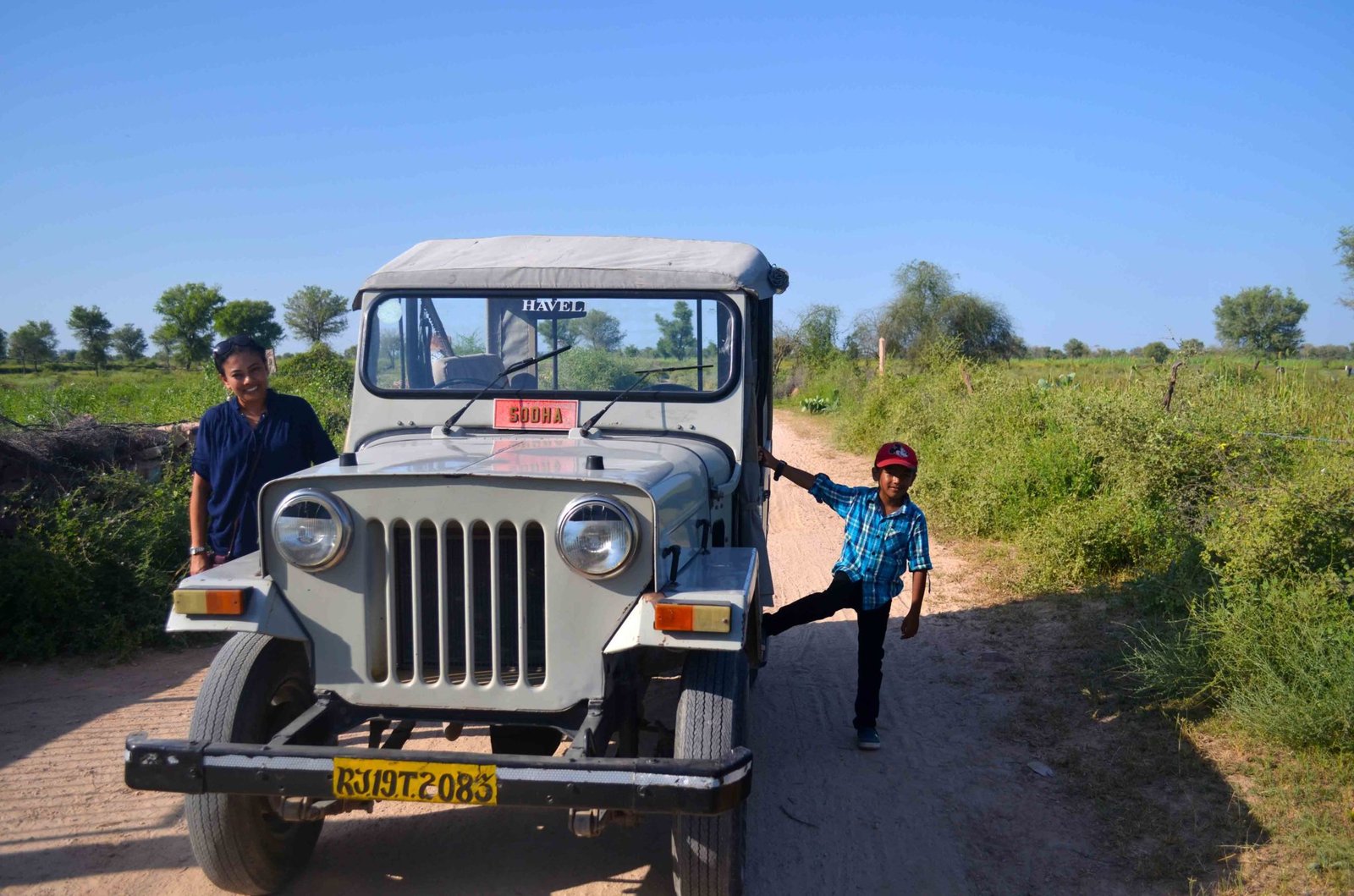
The Story of Golden Fort of Jaisalmer
Jaisalmer is one of my favorite places in India. Authentic and unique! Jaipur is pink, Jodhpur is blue and Jaisalmer is Golden.
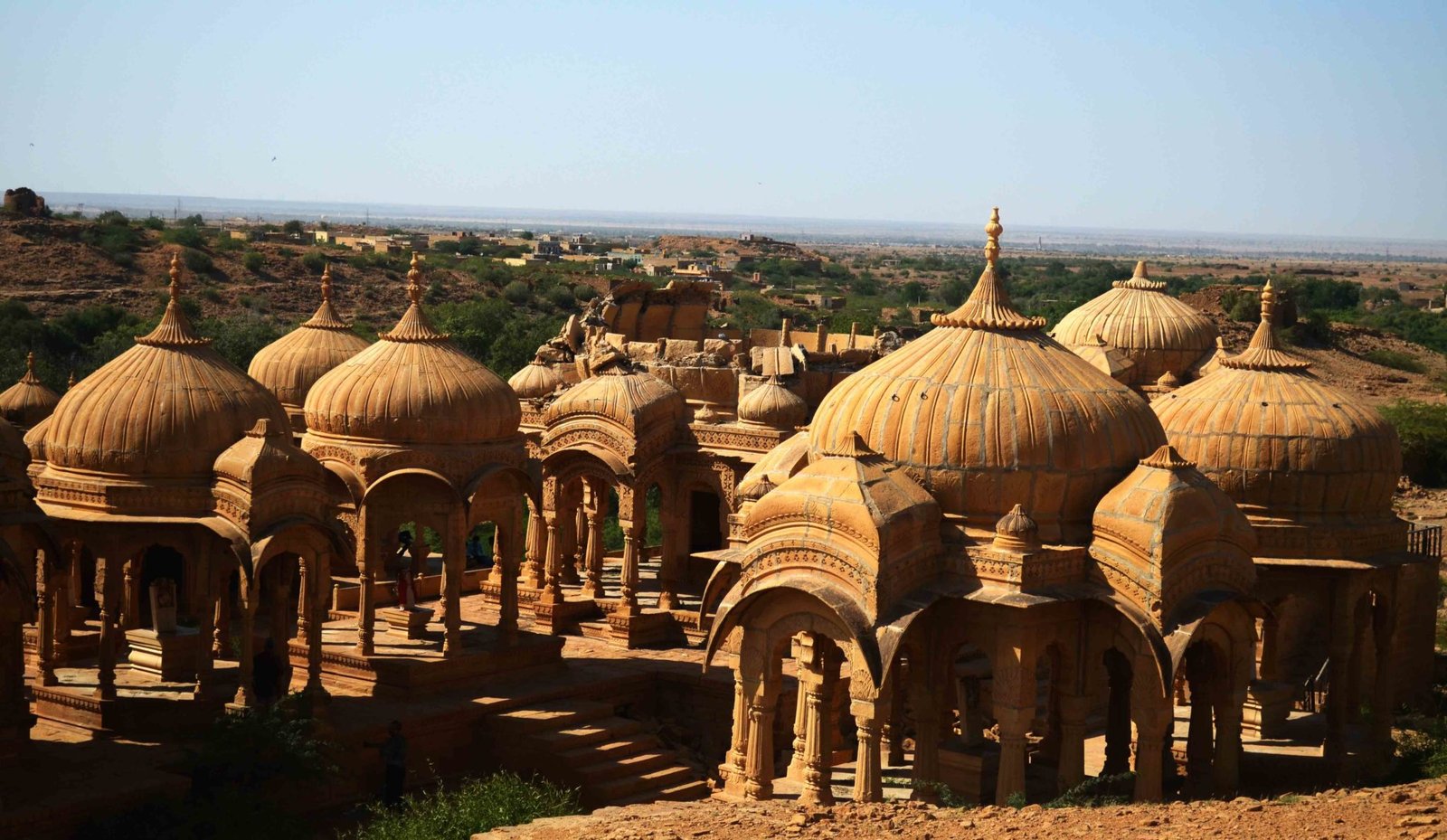

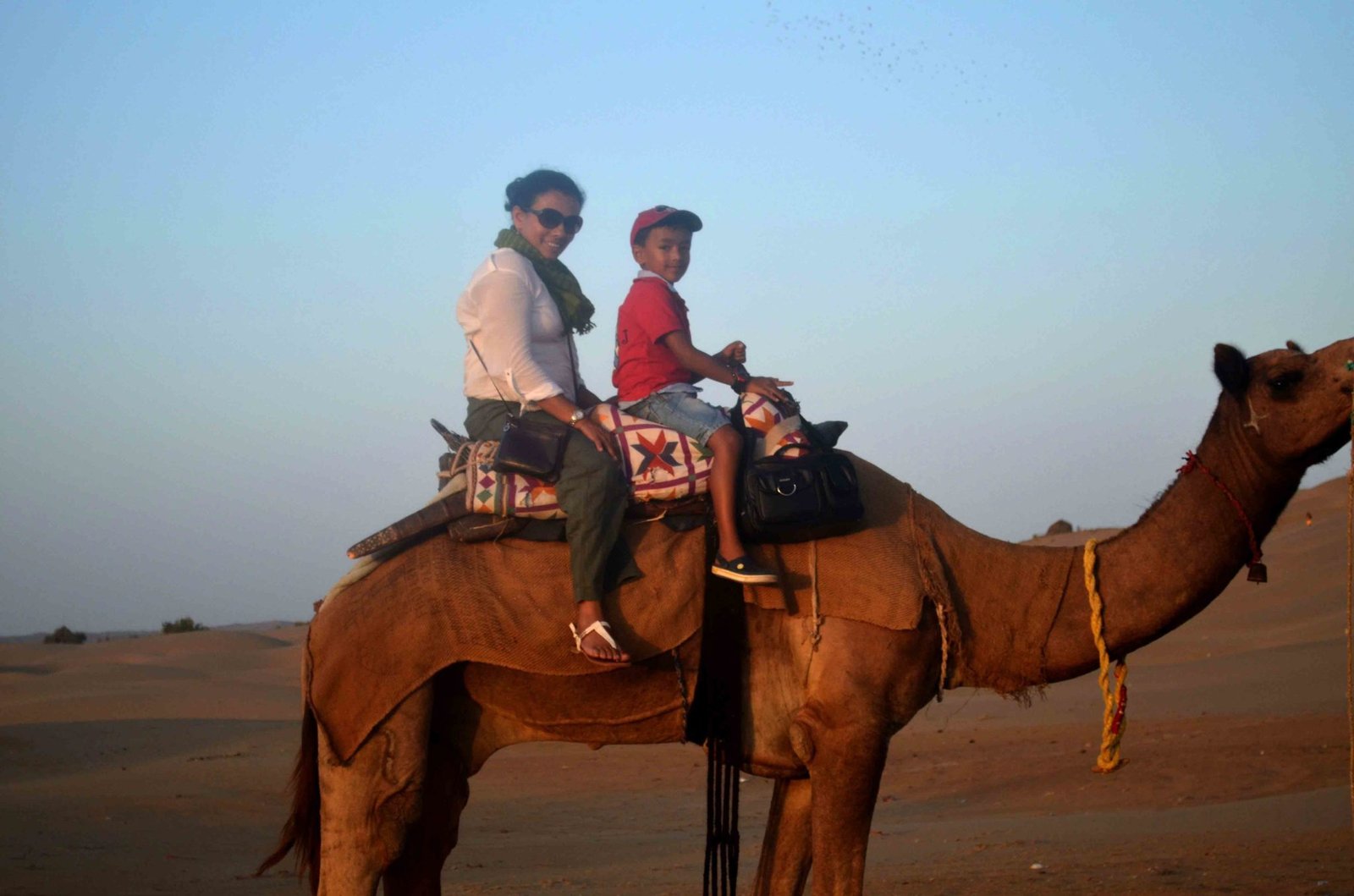
The Jaisalmer fort that stands amidst the unending golden sand of Thar desert is known as Sonar Qila or Golden fort. It is one of the largest and the only inhabited fort in the world which is a UNESCO heritage site now. It is the second oldest fort in Rajasthan; honeycombed with narrow winding lanes, houses and temples in between along with a number of handicraft shops, guest houses and restaurants, the complex is so expansive that almost 1/4th of the town’s population is located in this fort itself.
It was built in 1156 AD by the ruler Rawal Jaisal. Made of yellow sandstone, it changes its color from lion yellow during the day to honey-gold at sunset. For years, this fortress city served as a refuge and way-station for caravans and travelers along the route. With British, it lost its importance as a trading town as other trade routes opened.

This fort’s history is equally spellbinding with many battles and folk legends bursting out from within the walls. There was a king, a sage and a prophecy to start with.
When Rawal Jaisal, the founder was checking out Trikuta, the present location for a more secure place for his new capital, he met a sage called Eesul who was staying there. Eesul told the Yaduvanshi Rawal Jaisal about Krishna’s prophecy according to which a descendant of Yaduvanshi clan would one day establish a kingdom on Trikuta. However, he also predicted that the kingdom would be attacked two and a half times (two Jauhars and a Sako) if established there.
Despite this, Rawal Jaisal moved his capital on this rock in the golden desert.The first Jauhar took place in 1294 during the reign of Alaudin Khilji. For 8 years the Bhatis (the locals) defended the fort but for the lack of ammunition and food their defeat seemed certain.The only option left was to perform the rite of Jauhar. 24,000 women (young & old) committed suicide so as to save themselves from the hands of the enemies. Men later opened the doors of the fort to advance to their death.
The second time, it happened in late 14th century when Firoz Shah Tughlaq besieged it. This led to the suicide of 16,000 women and the death of the ruler, his son as well as 1700 warriors.
The last was in 16th century, a deception by an Afghan leader Amir Ali who took permission to let his wives’ visit queens of Jaisalmer but sent full armed warriors in disguise instead. Taken by the surprise, when Rawal realized that the defeat was certain, he slaughtered his womenfolk with his own hands as there was insufficient time to arrange a funeral pyre. Tragically immediately after the deed was done, the reinforcements arrived. Amir Ali was defeated and the Fort was taken under control.
By the way, the ancient capital of the Bhati dynasty before it shifted to Jaisalmer , was in Lodrawa, a village 15 kms from Jaisalmer. You can see stunning Jain temples there.

Story of Havelis of Jaisalmer
There are 3 important Havelis (big houses) in Jaisalmer each with its own unique history.
Patwon Ki Haveli
This fellow – Guman Chand Patwa- was the richest merchant of Jaisalmer, so rich that he could afford to even lend money to Kings. This Haveli was built for him and his five sons.

Nathmal Ki Haveli

This was the Haveli of Diwan Mohata Nathmal, then Prime Minister of Jaisalmer. Two Muslim architect brothers Haathi and Lulu worked on this Haveli, constructing one-half each of the building from the same plan in 1885. The two halves turned out to be absolutely different to each other and at the end had to be joined together by a facade.
Salim Singh Ki Haveli
Salim Singh’s father was brutally murdered in the palace while working as the prime minister of Jaisalmer when Salim was just 12 years old. Under such circumstances, Salim grew up with hatred and revenge. When he himself became the prime minister in 1800s, he became ruthless. His actions not only brought misery to the kingdom but also made many royal traders of Jaisalmer to move towards adjoining Pakistan. As a result, Salim Singh was stabbed by one of the nobles. That attack didn’t kill him though however his own wife poisoned him to death to bring an end to his story. This man infact had seven wives and two concubines. Which one killed him, am not sure!
Story of Kuldhara
Kuldhara is a haunted, eerie, abondoned village 26 kms from Jaisalmer. It once was a prosperous village inhabited by Paliwal Brahmins. As per the legend,the local ruler (Samant) was harassing these Paliwals by levying huge taxes. To add to the ordeal, the ruler fell for a girl of the community, possibly the daughter of the village chief. He left no choice with the villagers but to accept what he wanted. Out of desperation, the entire community vanished over-night. No one knows where they went and what happened to them. Today this place is uninhabited due to many rumors that float around including the mysterious deaths and presence of Ghosts in the area.
For more read here
These are the stories that I could manage to include here. If you have heard more, write back. Would love to hear and publish them here.

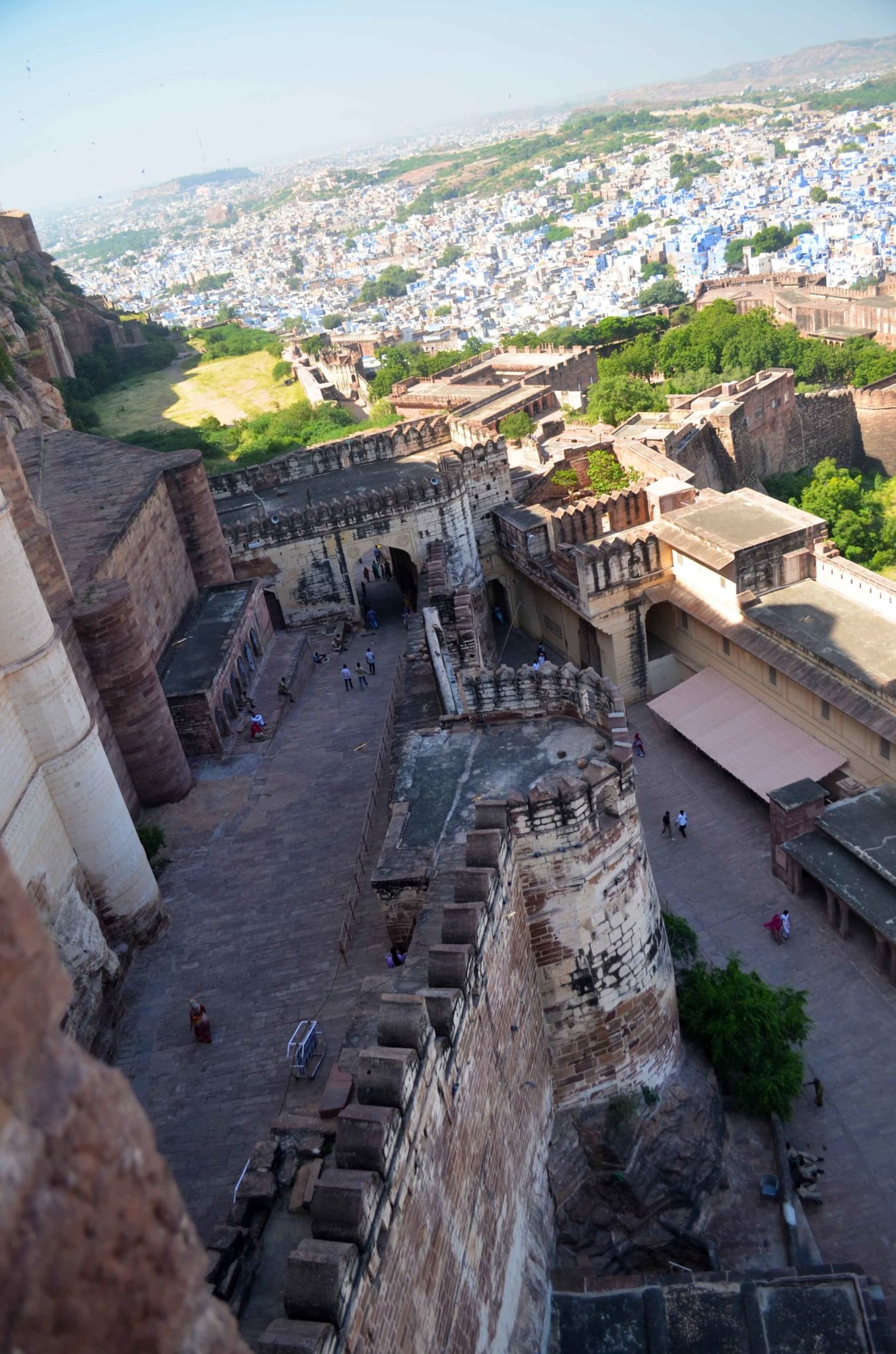




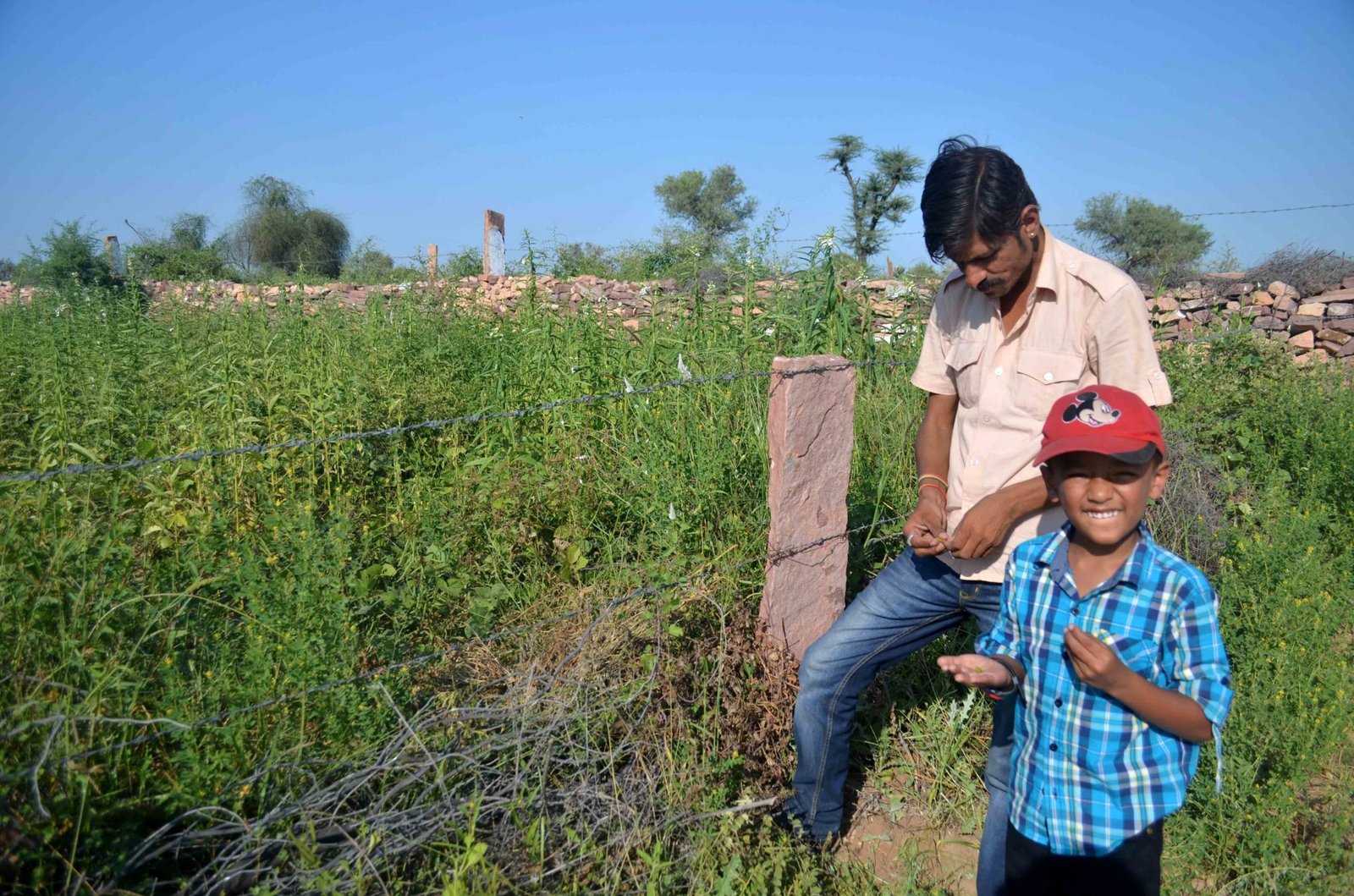


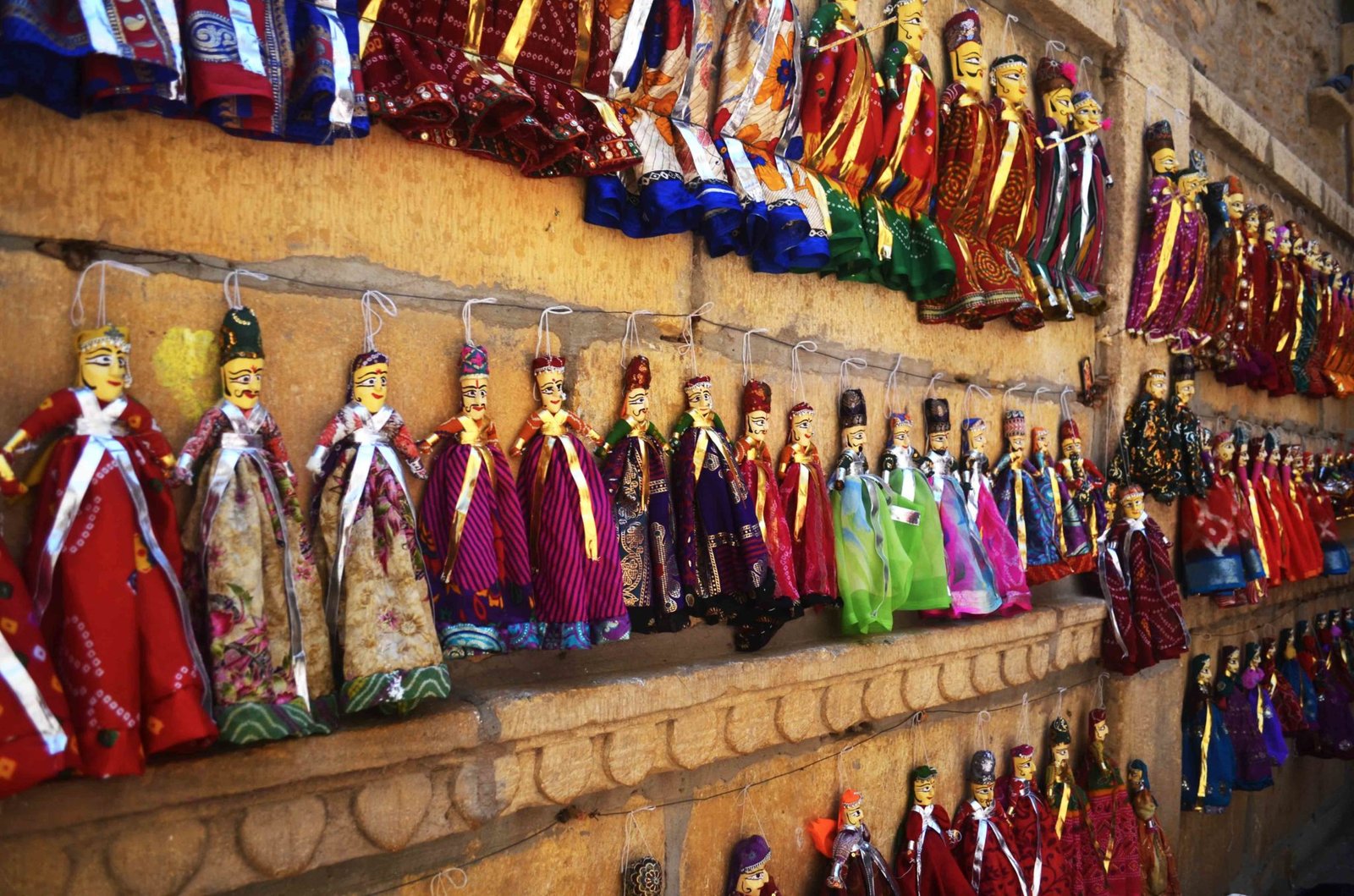
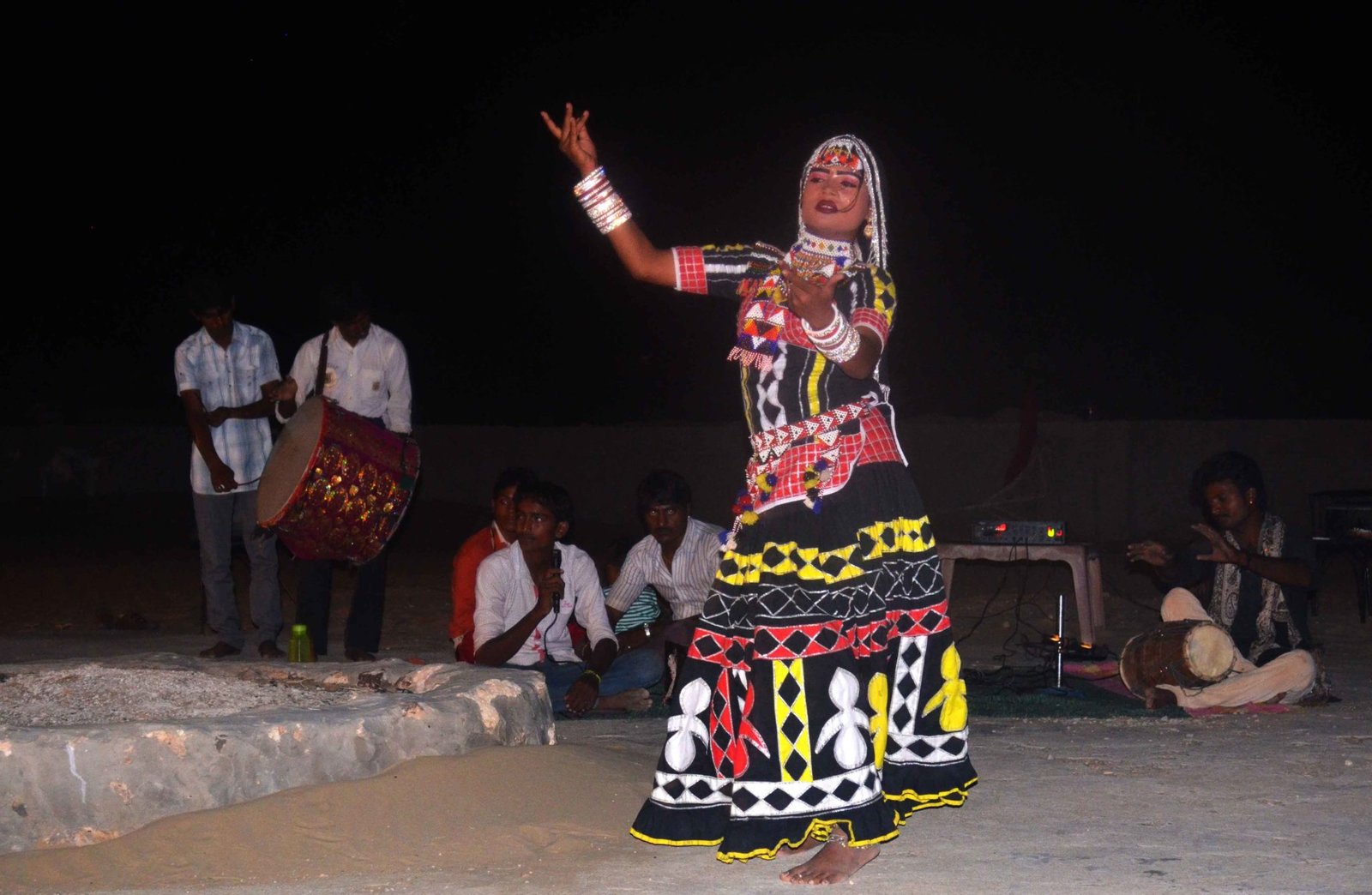
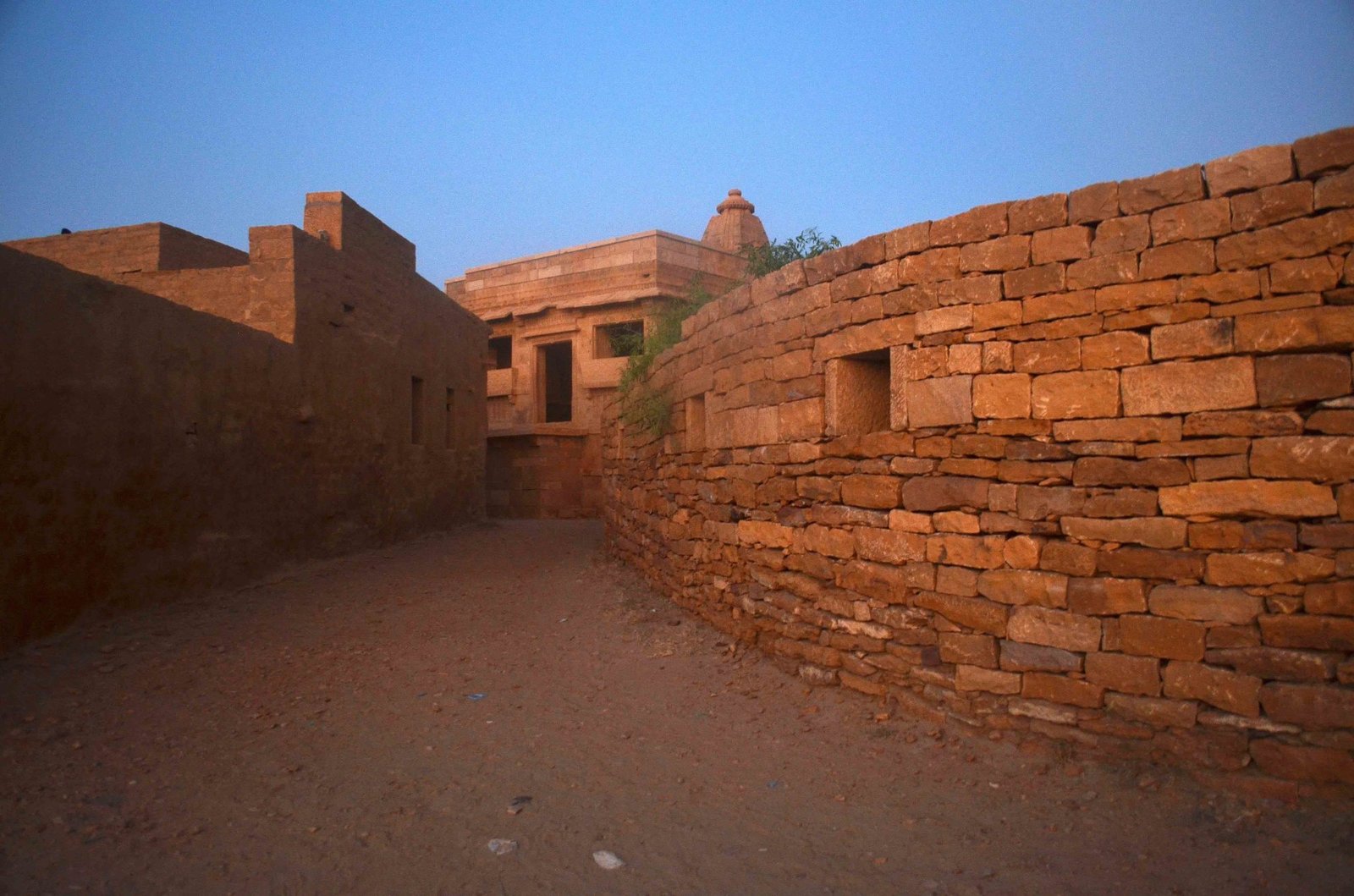













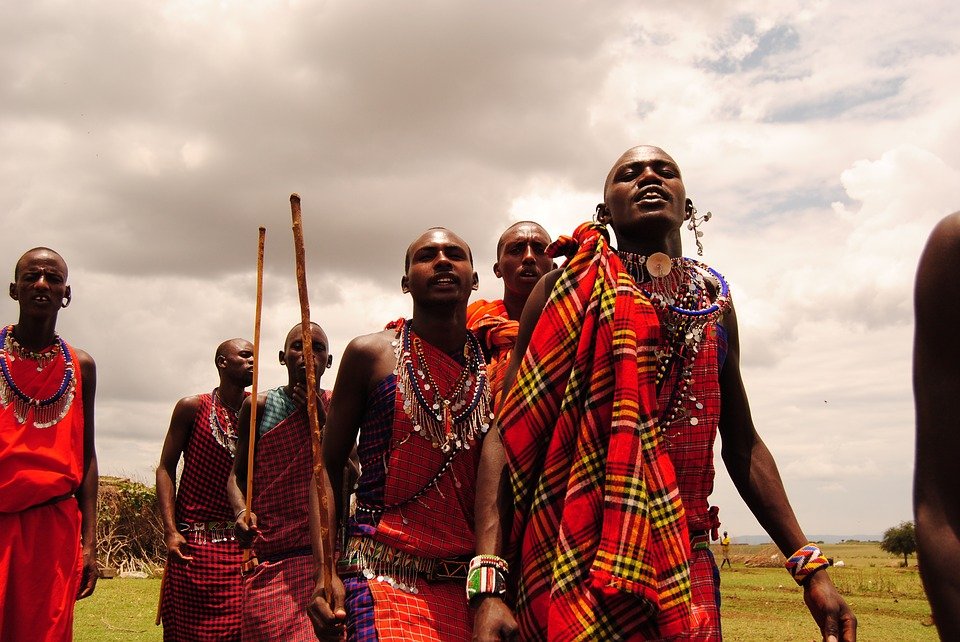

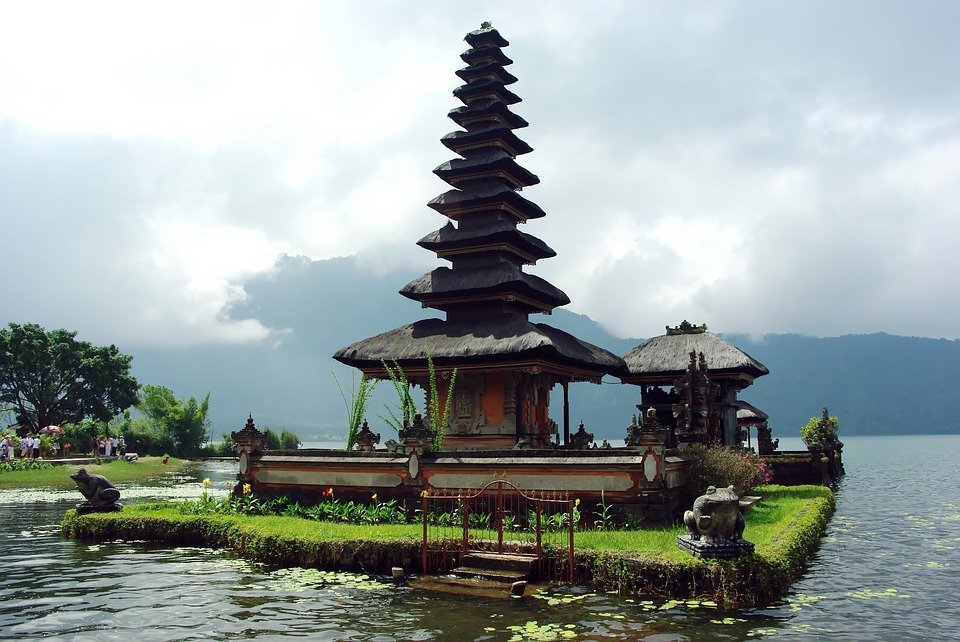


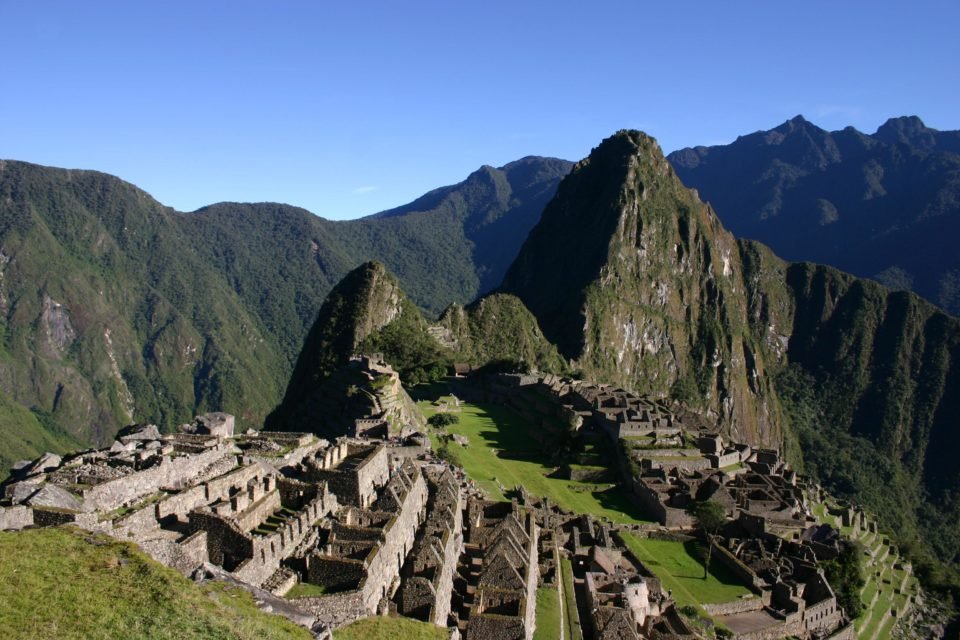
Hi Hooma! Great post. Well shot places. And thanks for sharing the valuable info. 😀
Thanks. Glad you found the post useful.